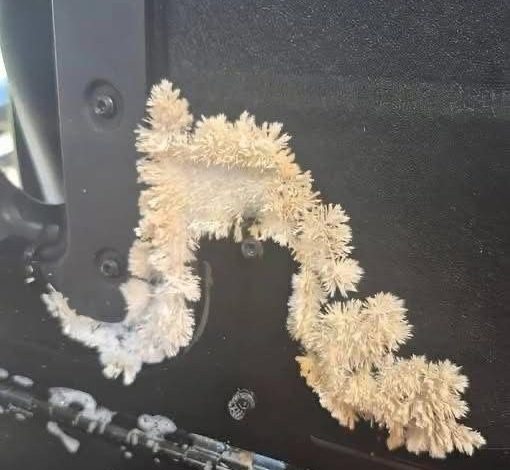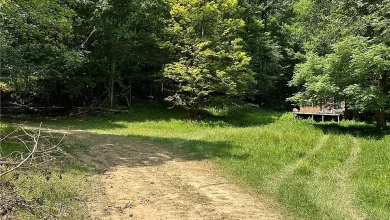
Under the back seat of my car, I noticed something very unusual that kept growing right before my eyes, I was shocked when I found out what it was
It was supposed to be an ordinary Saturday morning. I decided to finally clean out my car, the one task I had been putting off for months. Crumbs were embedded in the carpet, coffee stains streaked the cup holders, and there were enough empty water bottles rolling around to fill a recycling bin. I was halfway through when I reached under the back seat, brushing my hand against something dry and brittle.
At first, I thought it was nothing—a bit of a dried-up plant that had somehow found its way inside. It was brownish, curled, and flaky, exactly like a leaf that had been sitting in the sun for too long. I almost ignored it and kept cleaning, but something about the texture made me pause. It wasn’t soft or papery like a leaf; it was rigid, and the way it curled looked unnatural.
Curiosity won out, and I pulled it out into the light. In my palm, it looked harmless—thin, delicate, almost fragile. Then I noticed it. The surface was lined with tiny, hair-like spines. At first glance, they looked like harmless fuzz, but something in my gut told me not to touch them directly again. I quickly grabbed a tissue, placed it in a plastic bag, and snapped a few photos with my phone.
I started searching online, expecting to find it was some harmless insect molt or a strange seed pod. Instead, my stomach dropped. What I had found wasn’t a plant at all—it was the shed skin of a Lonomia caterpillar, one of the most venomous caterpillars in the world.
Native to certain parts of South America, the Lonomia is a master of disguise. It blends perfectly with tree bark and dried leaves, making it nearly invisible. Its venom is incredibly dangerous—potent enough to interfere with the blood’s ability to clot, which can cause internal bleeding, organ failure, and even death. And the worst part? Even the shed skin can still be dangerous. The spines may retain venom, and a single brush against them can be enough to trigger severe symptoms. Inhaling particles from them can cause respiratory distress.
I froze, thinking about how long that skin might have been under my back seat. How had it even gotten there? Had it hitched a ride on something I carried? Had my car been parked near somewhere it could have crawled inside? The thought that this venomous creature—or traces of it—had been sitting inches away from where people rode was enough to send a chill down my spine.
I called pest control immediately, explaining what I had found and sending them the photos. They confirmed the identification and arrived to dispose of it safely. They also inspected my car from top to bottom, ensuring there weren’t any live caterpillars hiding somewhere.
That day completely changed how I approach cleaning. I used to absentmindedly reach into corners and under furniture without thinking. Now, I keep gloves nearby and treat anything unfamiliar with caution. Dangerous things don’t always look dangerous, and sometimes the biggest threats are the ones you nearly overlook.
What could have been just another piece of trash turned out to be a deadly reminder: danger can appear in the most unexpected places, and awareness can make all the difference between a close call and a catastrophe.




